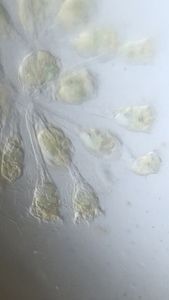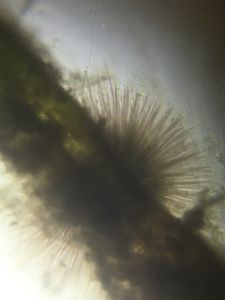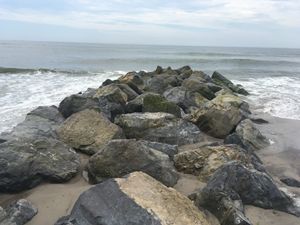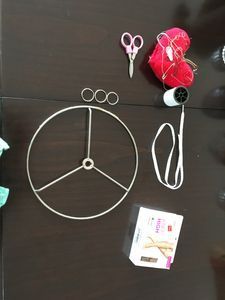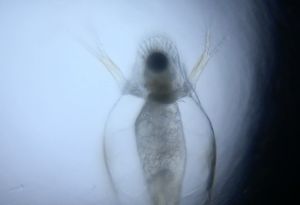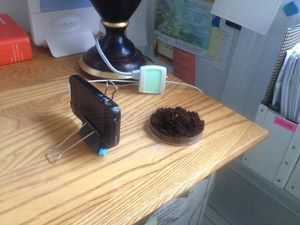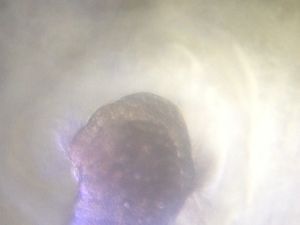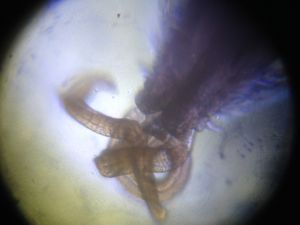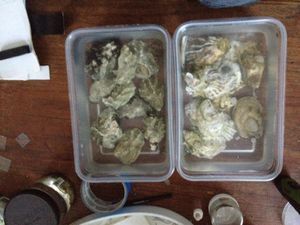In the Drought
 Jul 06, 2016 • 1:21 PM UTC
Jul 06, 2016 • 1:21 PM UTC Unknown Location
Unknown Location 140x Magnification
140x Magnification Unknown
Unknown
Matthew Rossi
I'm a novelist, essayist, and a writing consultant. I work in the writing centers at Columbia and Baruch University and explore research into the overlap of maker cultures and writing. My work with the Foldscope tends to focus on finding wild creatures in urban spaces and looking at how human works are shaped by the movements of the biosphere.
40posts
105comments
4locations
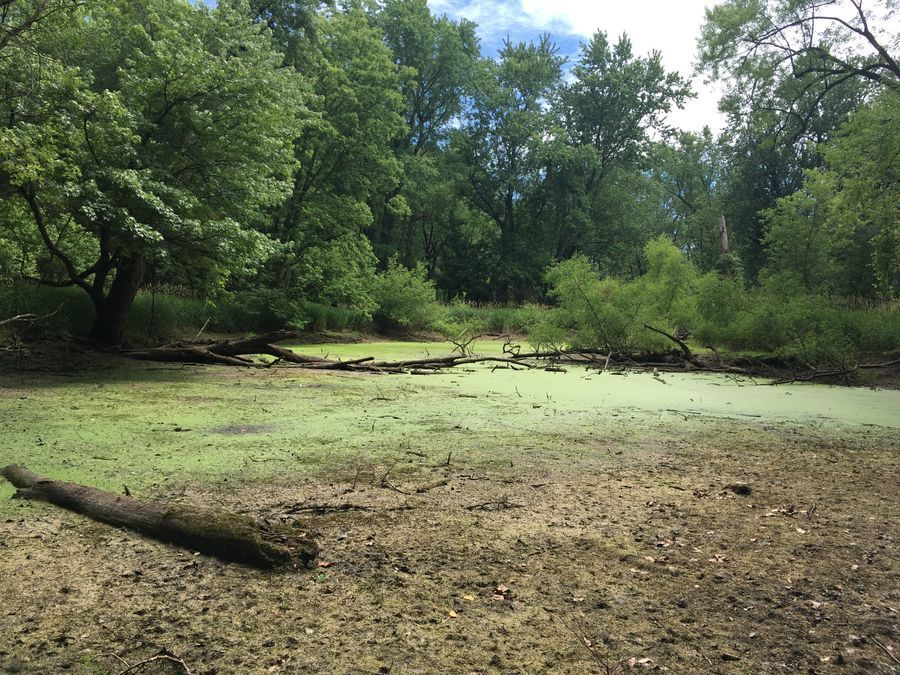
July has been a month of tremendous change. Apart from the usual shifts that come with a change of seasons, from the floral growth spurt of the spring into the heat and energy grab of the summer, I have also left my old stomping grounds in Brooklyn and moved to Michigan. The shift is a profound one, not least of which because we have traded the ocean-bound island that is New York City for a land locked territory. That’s not to say this new city doesn’t have plenty of hunting grounds, though.
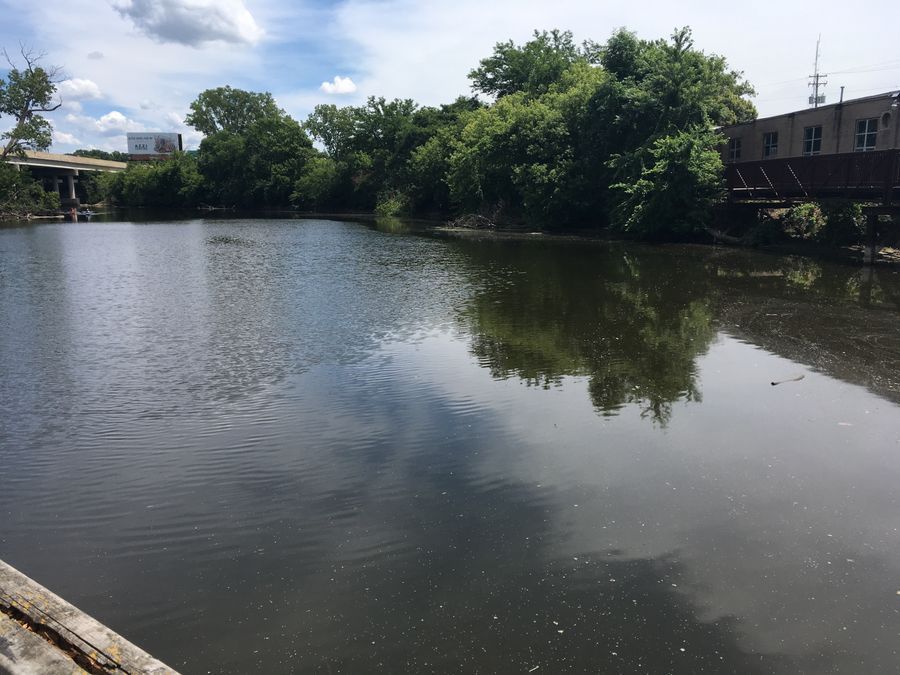
The weekend after we moved, I took a ride down the river path, which runs the length of the city from end to end. Without my plankton net (which took a beating in the East river two weeks ago), I was limited to collecting from the shallows, but even with this limitation, I was unperturbed.
Central Michigan is in the midst of a drought right now, and the creeks feeding the river have receded in places into little more than swampy kettle ponds, thick with duckweed. Off in the woods, just visible from the main path, one of thee begged me for exploration. The signs of the drought were evident all around, from the lowered banks to the skeletons of fish suffocated in the lowered water.
Central Michigan is in the midst of a drought right now, and the creeks feeding the river have receded in places into little more than swampy kettle ponds, thick with duckweed. Off in the woods, just visible from the main path, one of thee begged me for exploration. The signs of the drought were evident all around, from the lowered banks to the skeletons of fish suffocated in the lowered water.

Of course, life is virtually everywhere. Plenty of macroscopic creatures lived around the pond. When I stepped onto the mud flat, hundreds of frogs leaped into the water with a sound like a sudden rainstorm. Plenty of land snails ( this key tells me it’s a slippery moss snail) enjoying the damp ground, and small American toads fresh out of the water.
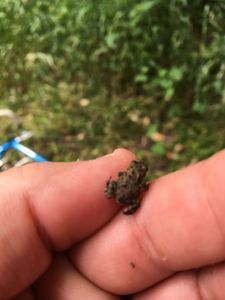
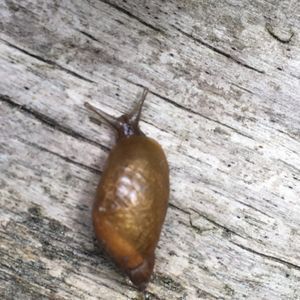
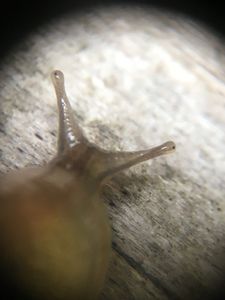
Of course, the water was home to plenty of smaller creatures, as well. I climbed out onto a fallen tree for a sample of the water from the middle of the pond, and scuttled back across the muddy banks and the buggy air to see what I had. Right away, the hurried movement of water bugs was evident, along with the irregular jerk of copepods. And of course, unavoidably, duckweed.
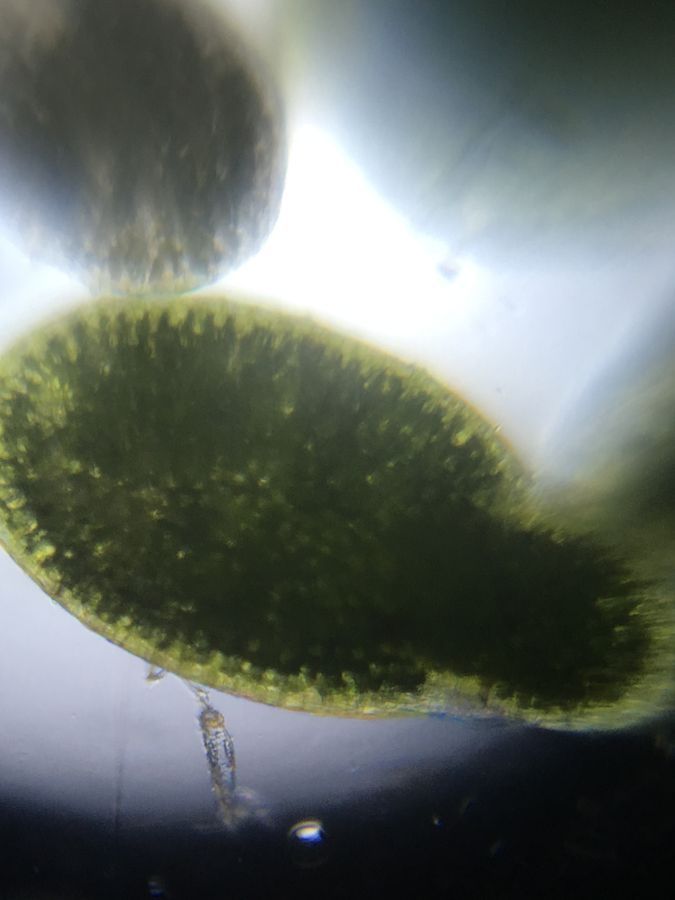
A sample taken in the eyedropper at home revealed to me the myriad creatures living around this simple plant. Rotifers abound in the water. Which should really be no surprise given how ubiquitous they’ve been in most water samples I’ve gotten (even in marine samples, despite the supposed rarity of marine rotifers).
In this case I’m fascinated by the way it seems to use its foot to anchor itself to the duckweed as it crawls around, and then lets go and drifts off toward the next granular plant. Even at their small size, the relative enormity of the duckweeds make them fantastic structures for the creatures in the microcosmos to latch onto. We can see in these videos examples of diatoms using them, as well as this vorticella that has anchored itself to the duckweed.
Possibly the strangest of the things I found was this creature.
I think it’s a sessile rotifer of some kind, but I can’t be sure. The depth and density of the duckweed made it hard to get a good consistent focus on it, too. I’ll have to dive back into my sample soon and see if I can figure this one out. In the meantime, it’s good to know that no matter how bad a place may smell, the creatures that can be found there will always be interesting to look at.
Sign in to commentNobody has commented yet... Share your thoughts with the author and start the discussion!
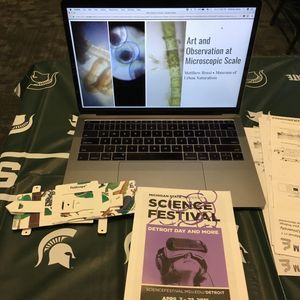
 0 Applause
0 Applause 0 Comments
0 Comments




